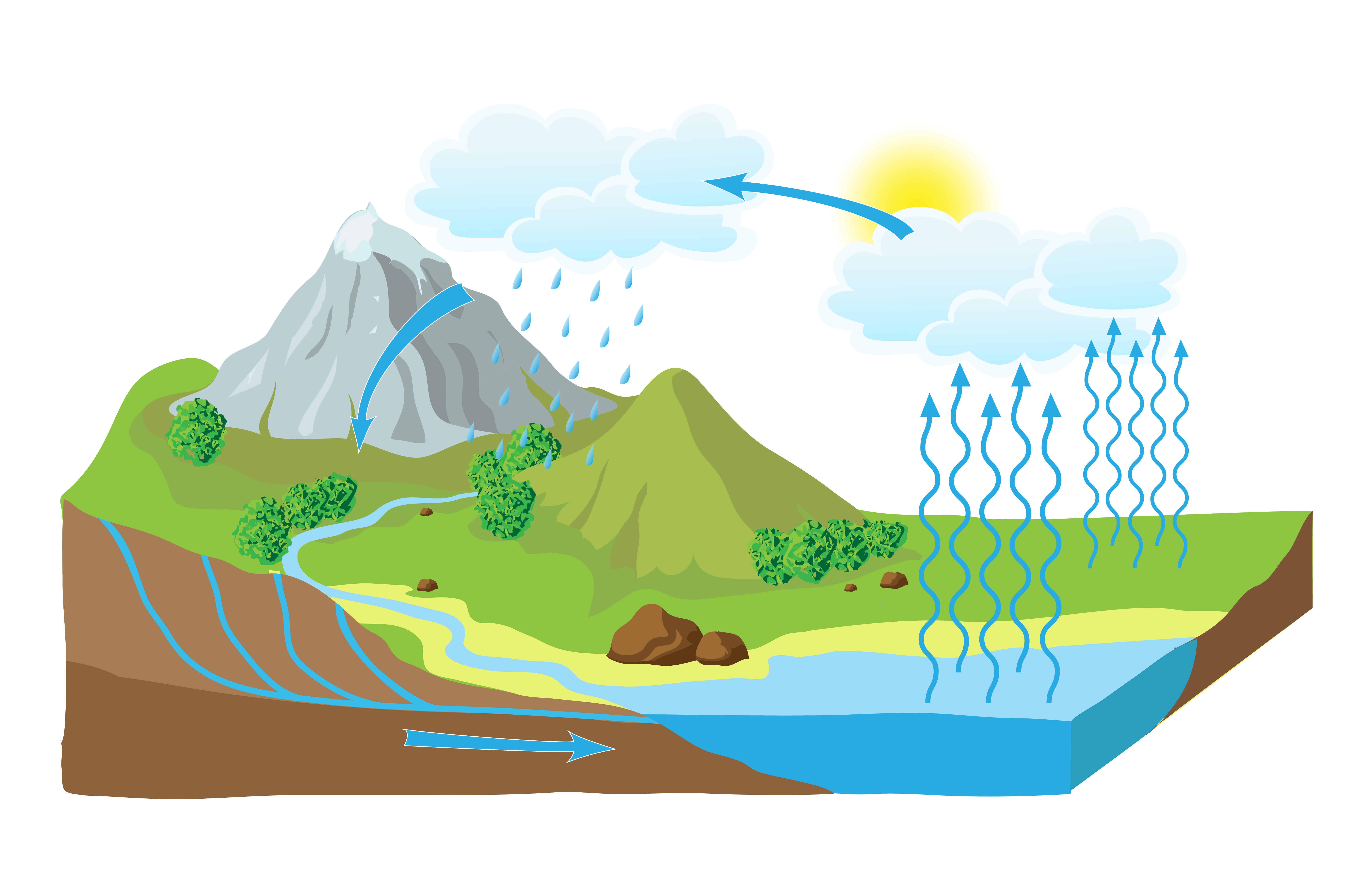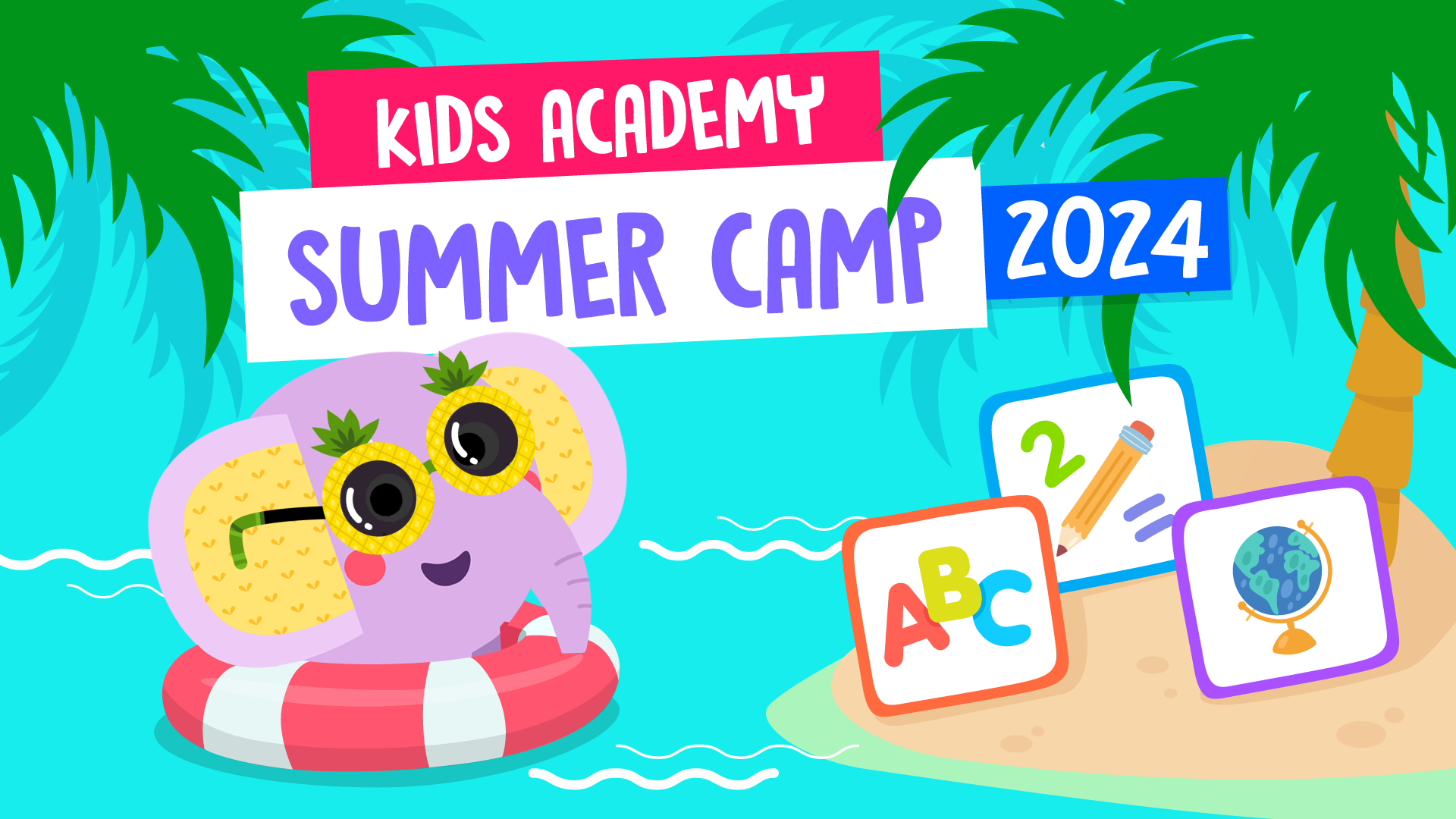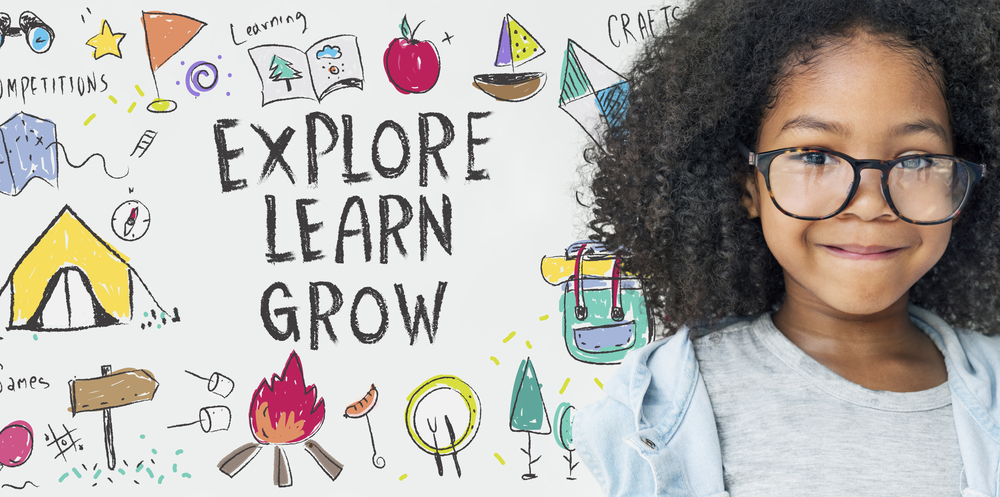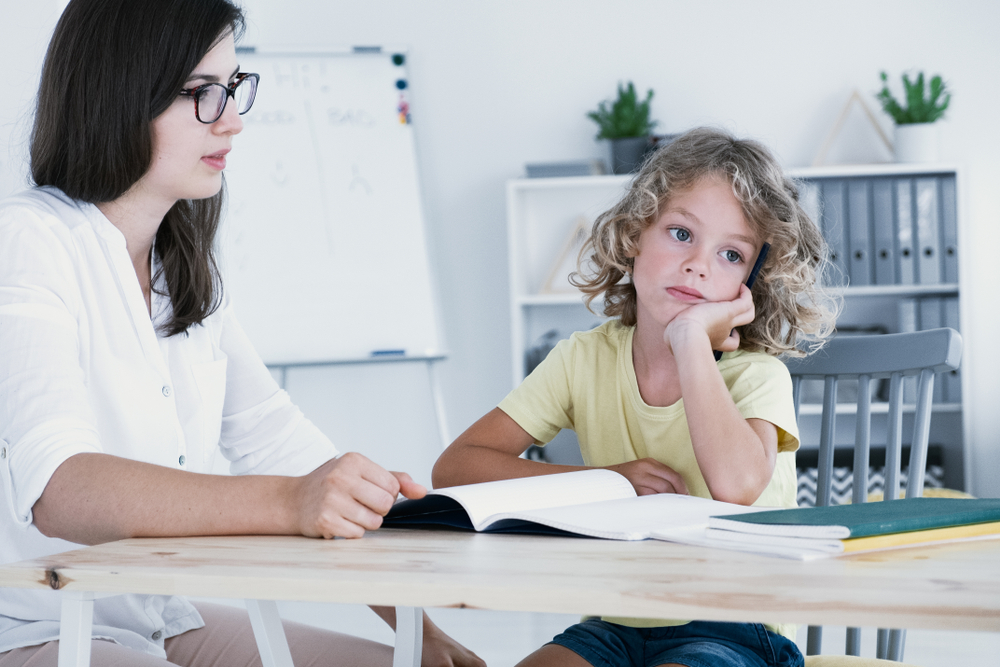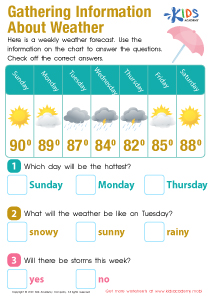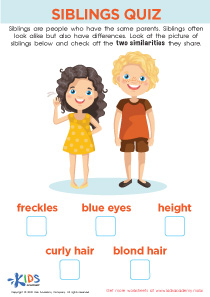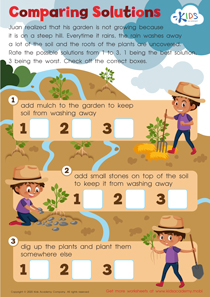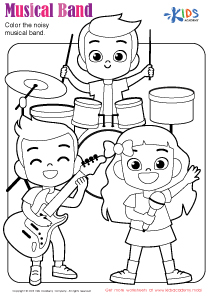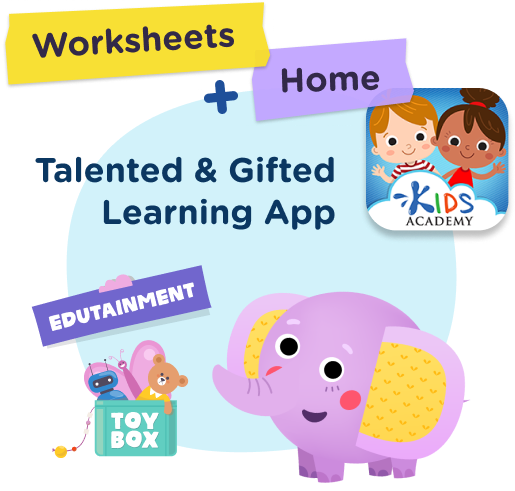Physical Science Worksheets for Ages 3-7 - Page 2
65 filtered results
-
From - To
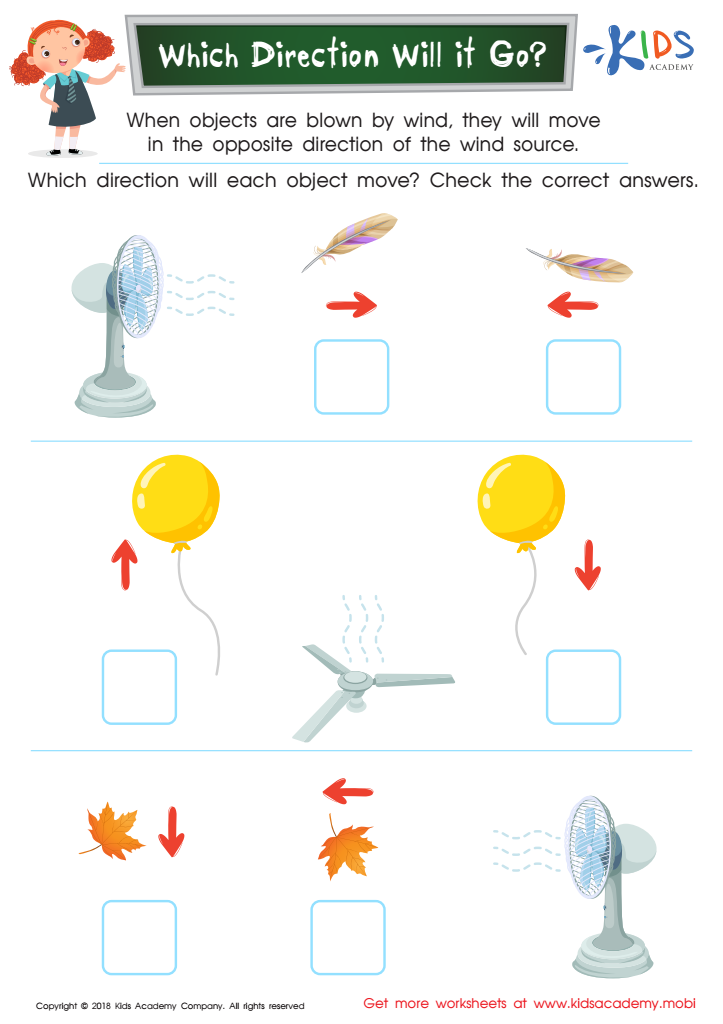

Which Direction Will it Go? Worksheet
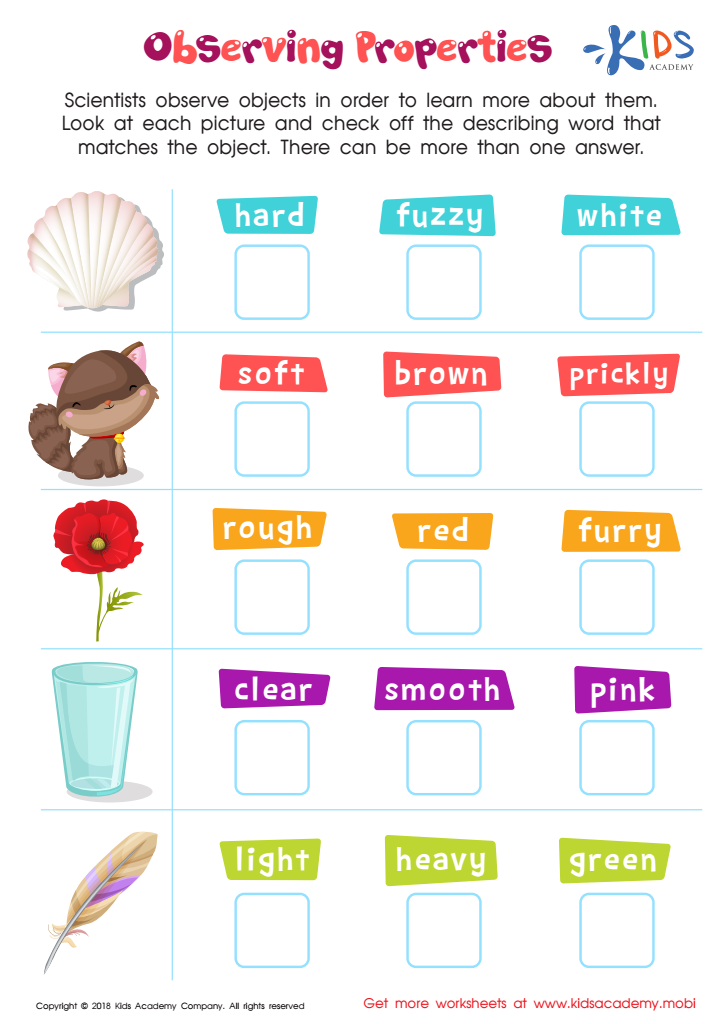

Observing Properties Worksheet
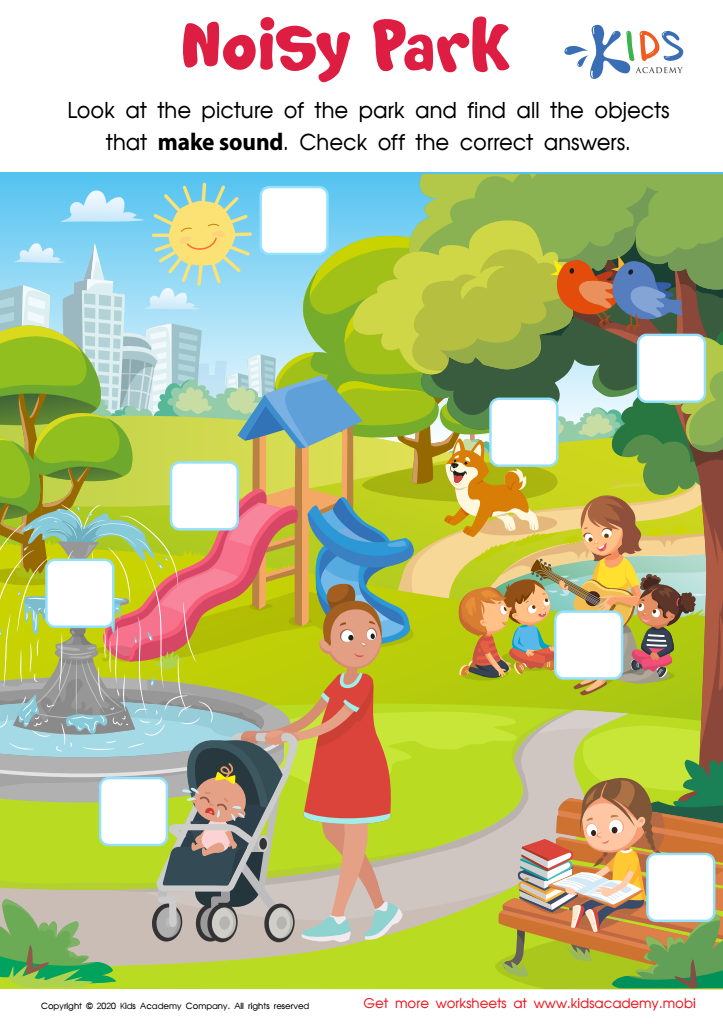

Noisy Park Worksheet
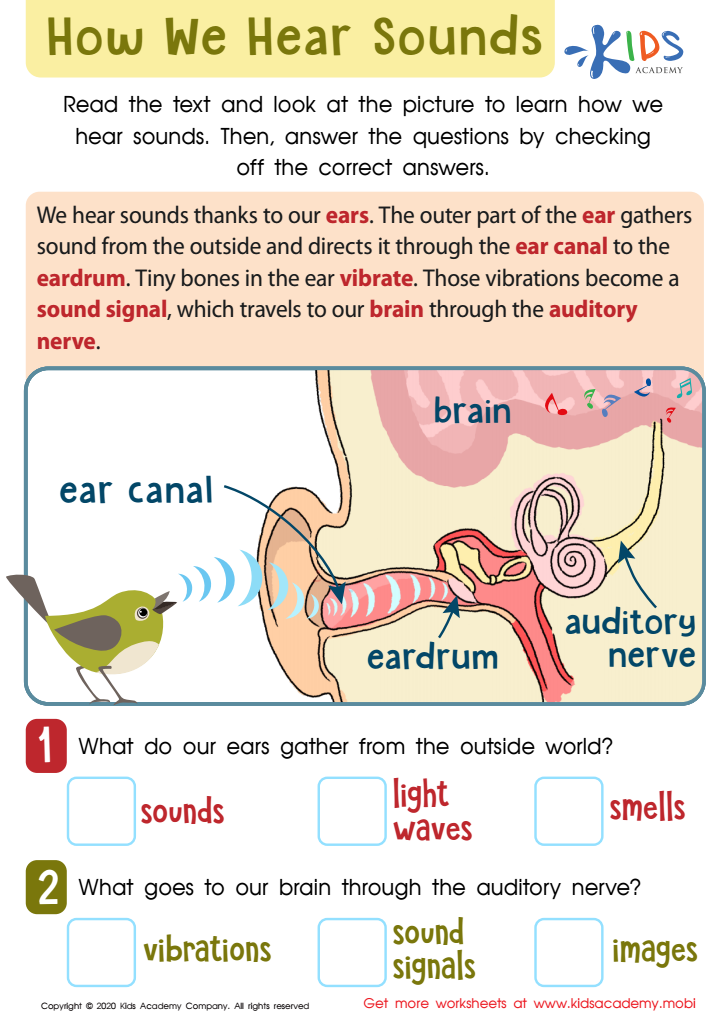

How We Hear Sounds Worksheet
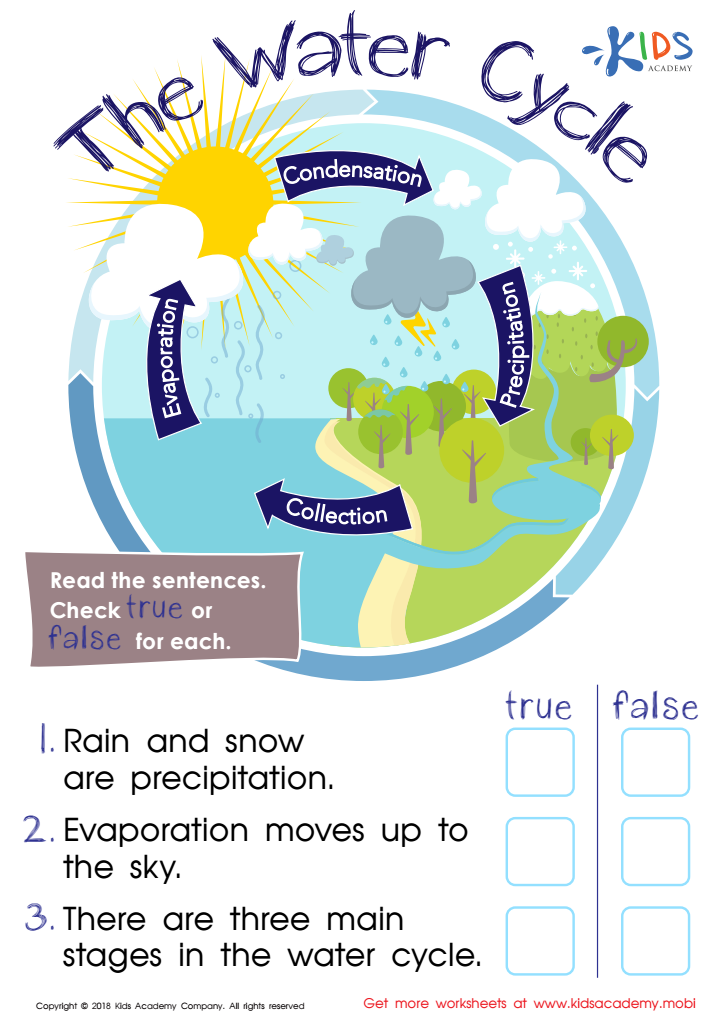

The Water Cycle Worksheet
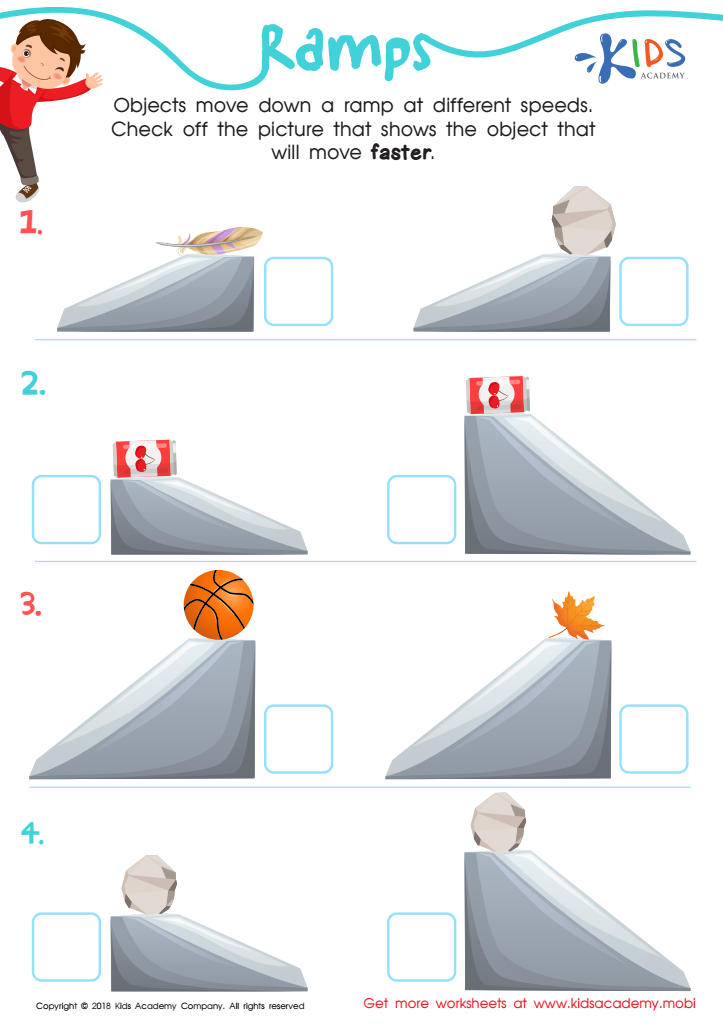

Ramps Worksheet
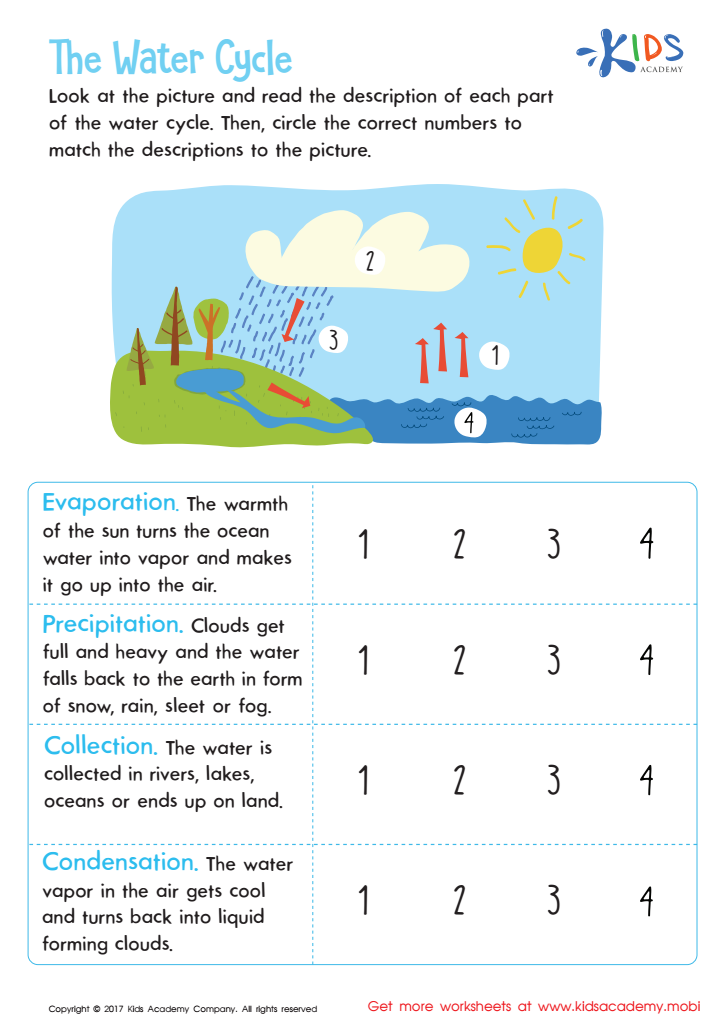

The Water Cycle Worksheet
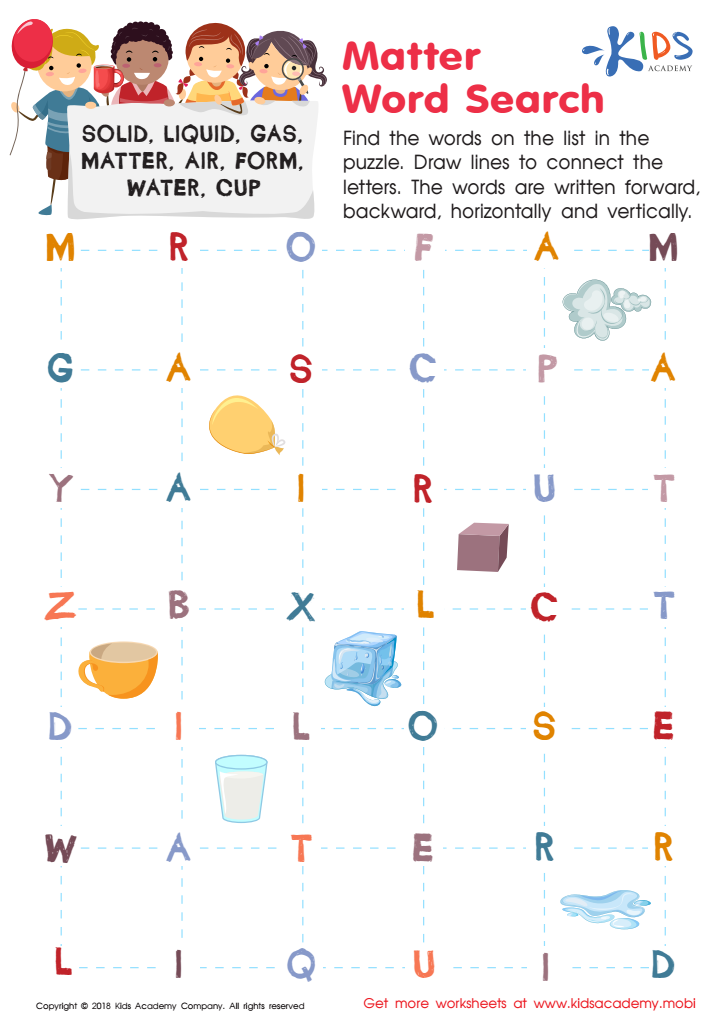

Matter Word Search Worksheet
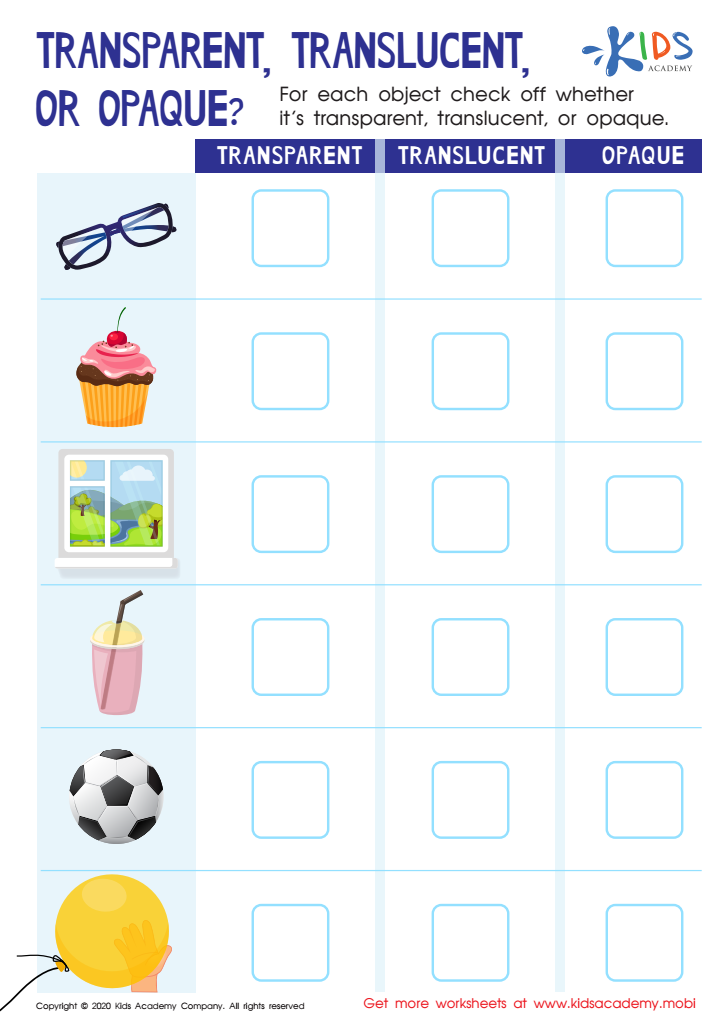

Transparent, Translucent, or Opaque Worksheet
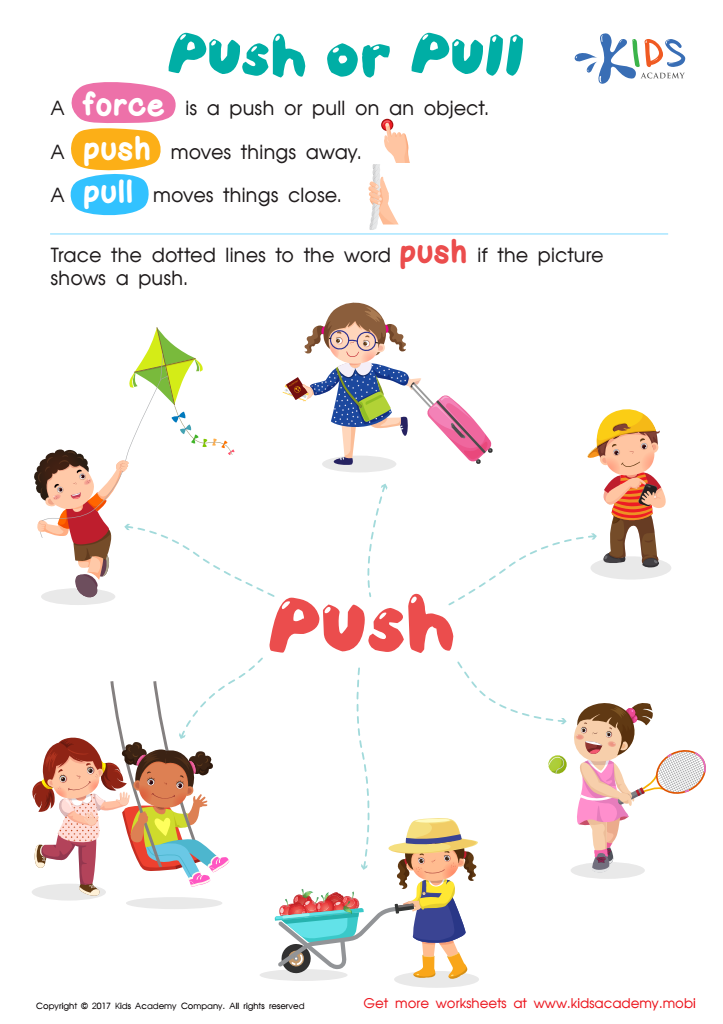

Push or Pull Worksheet
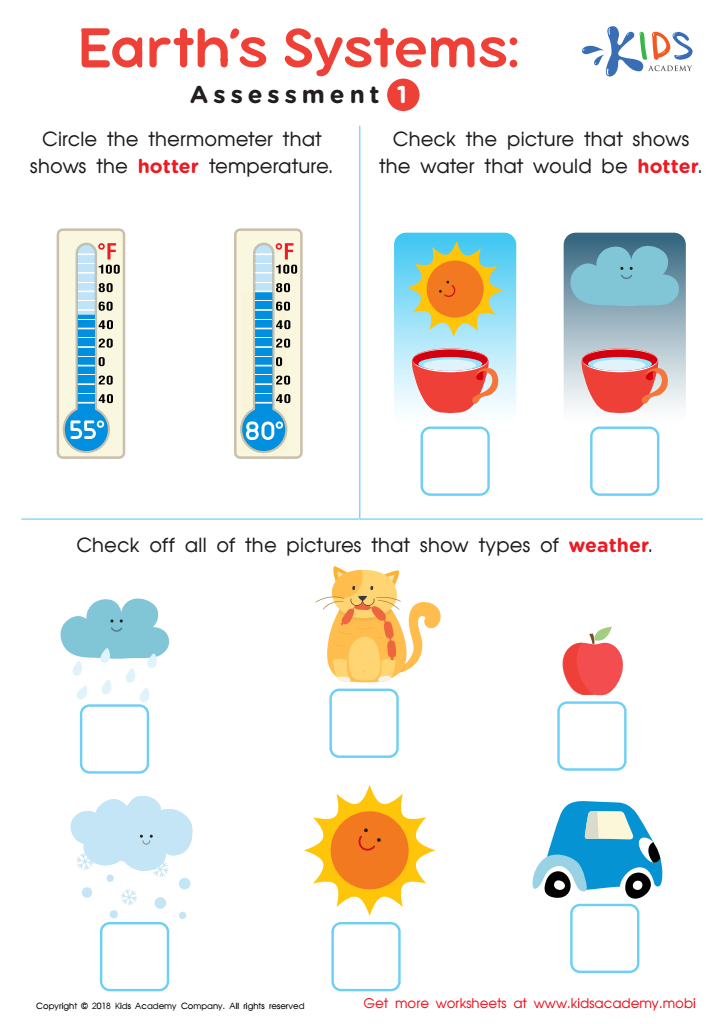

Earth's Systems: Assessment 1
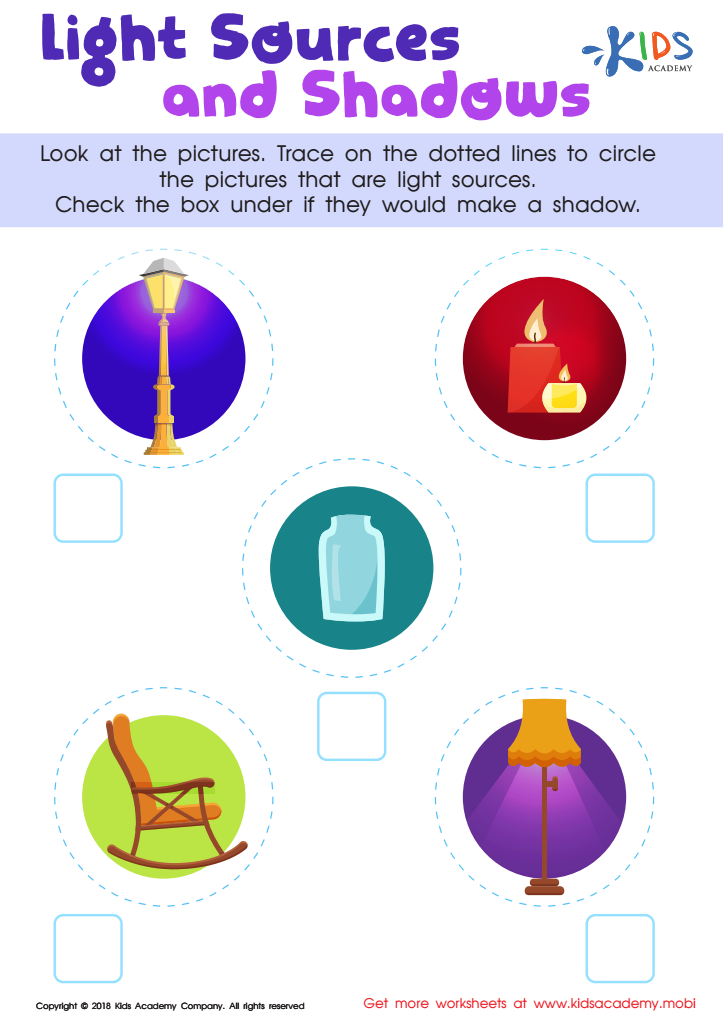

Light Sources and Shadows Worksheet
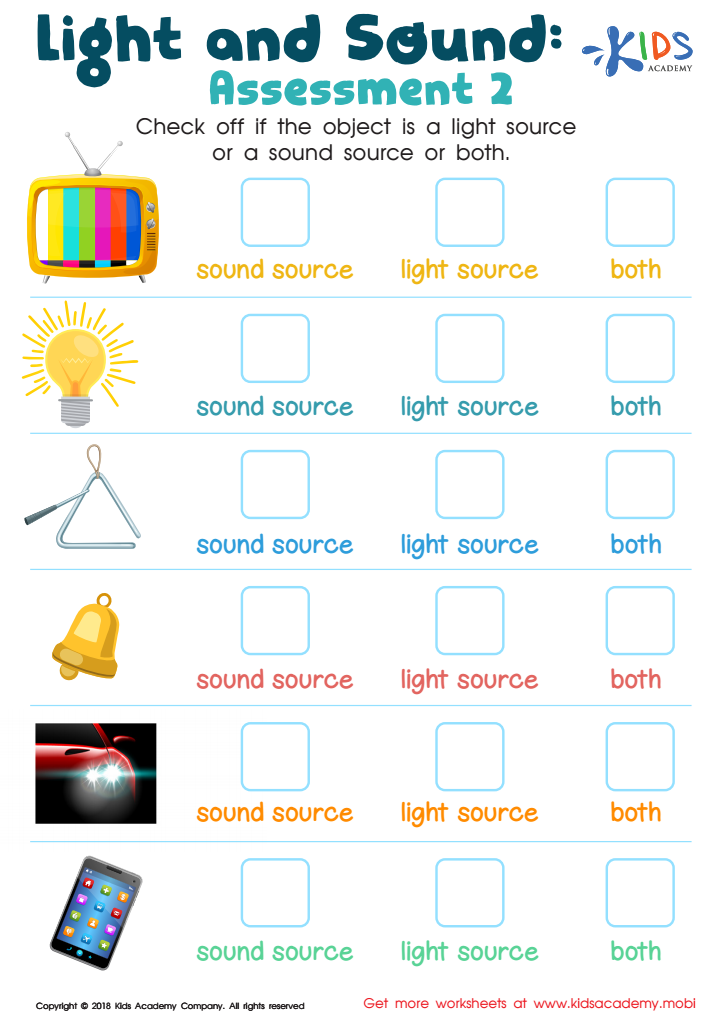

Light and Sound: Assessment 2 Worksheet
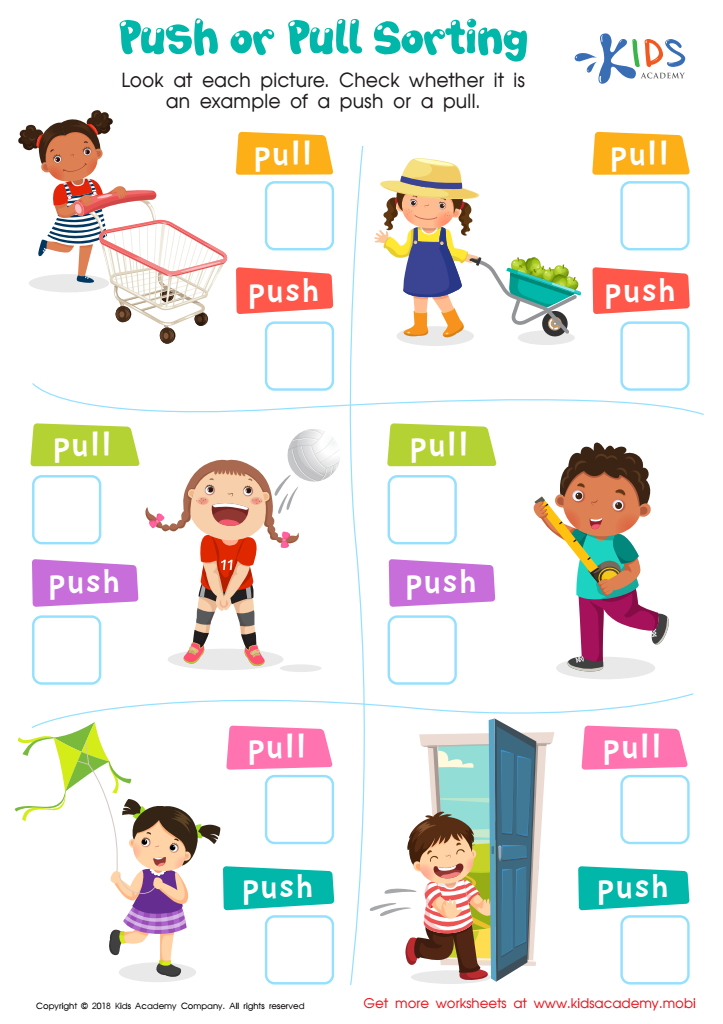

Push or Pull Sorting Worksheet
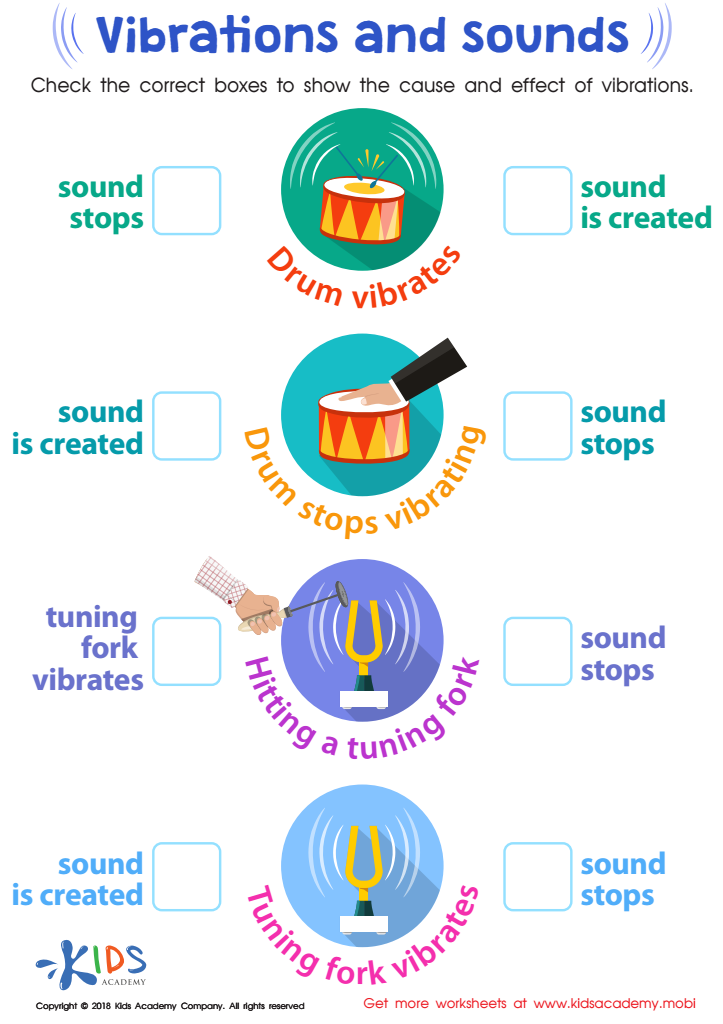

Vibrations and Sounds Worksheet
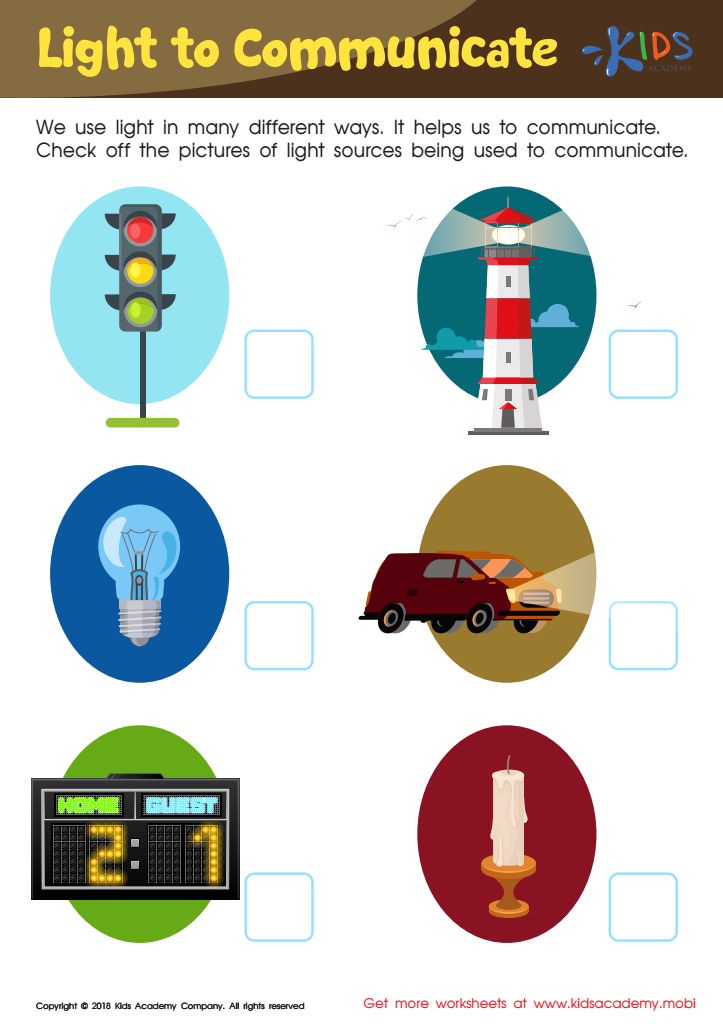

Light to Communicate Worksheet
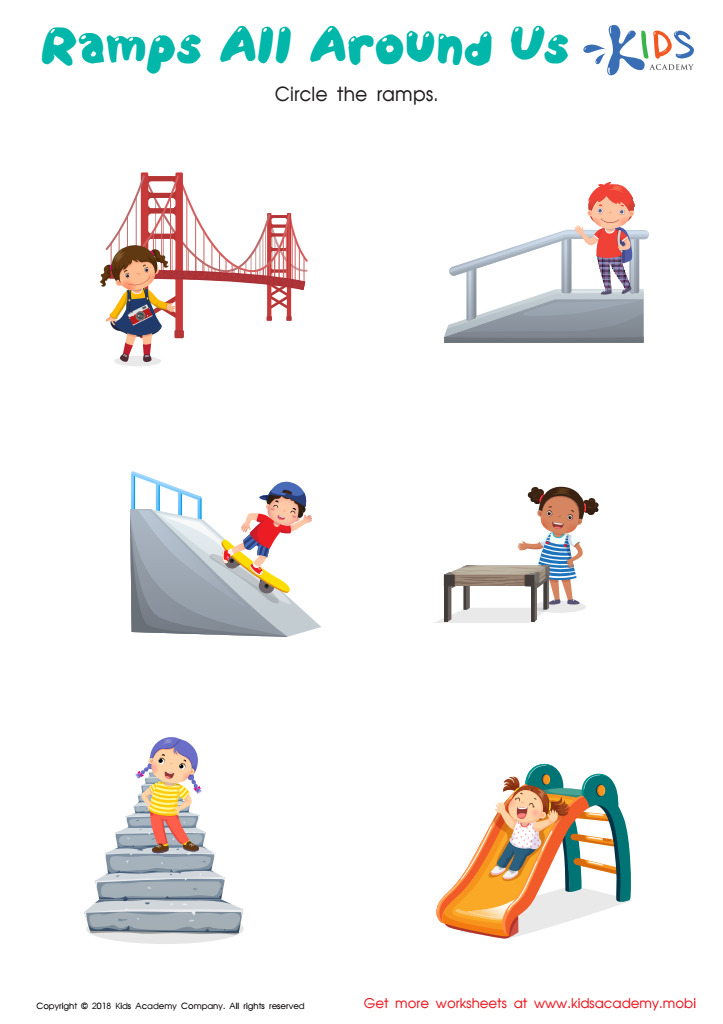

Ramps All Around us Worksheet
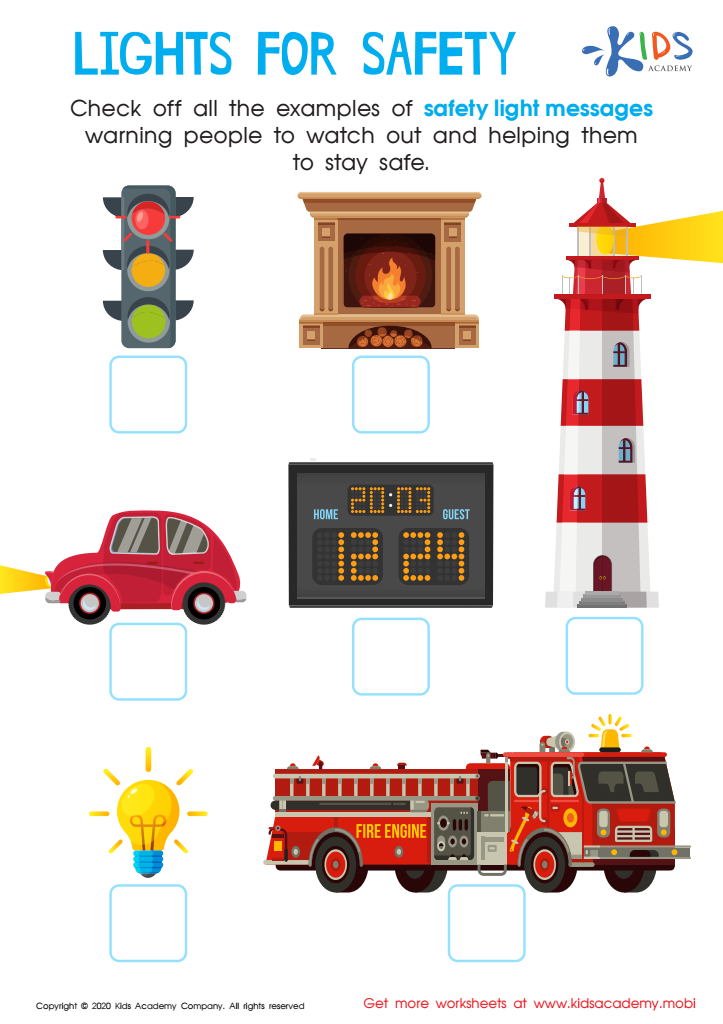

Lights for Safety Worksheet
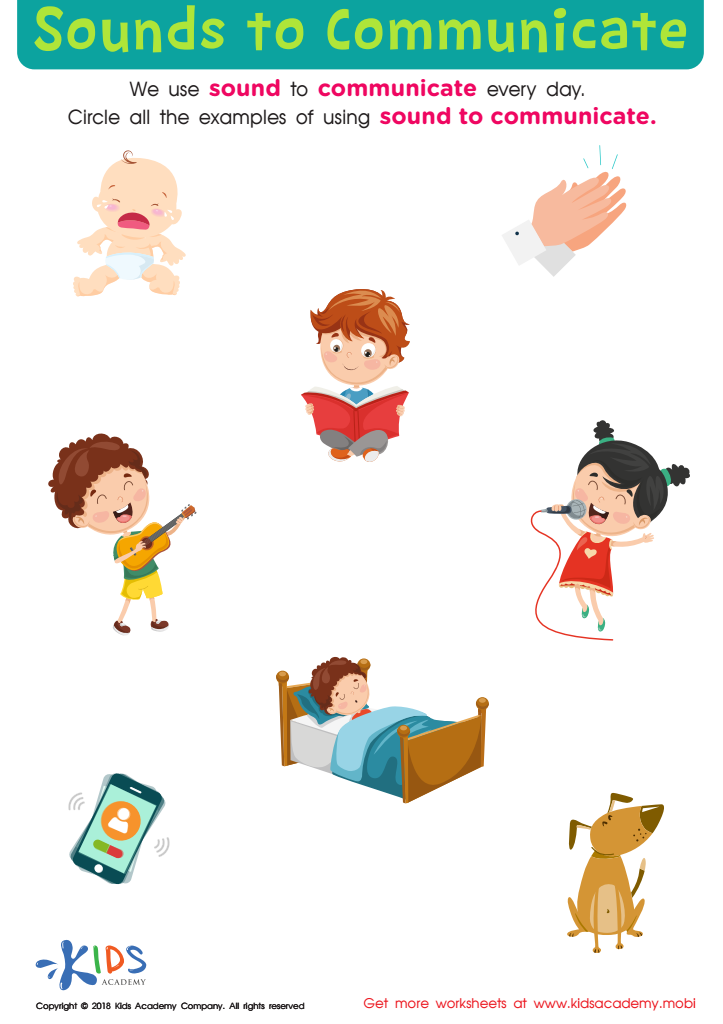

Sounds to Communicate Worksheet
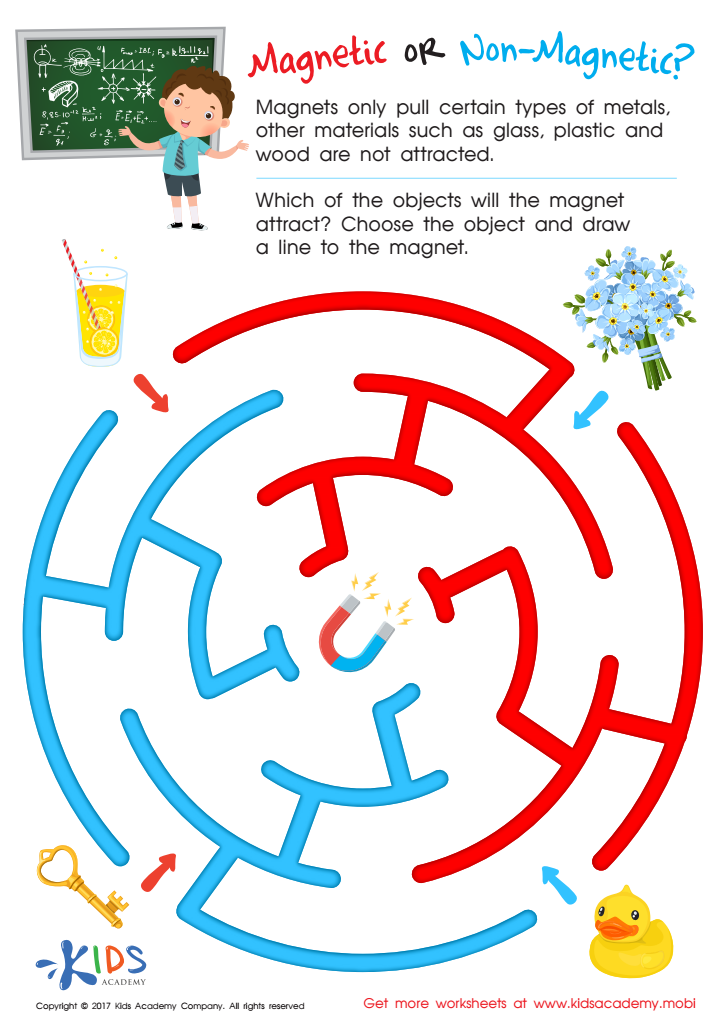

Magnetic or Non–Magnetic Worksheet
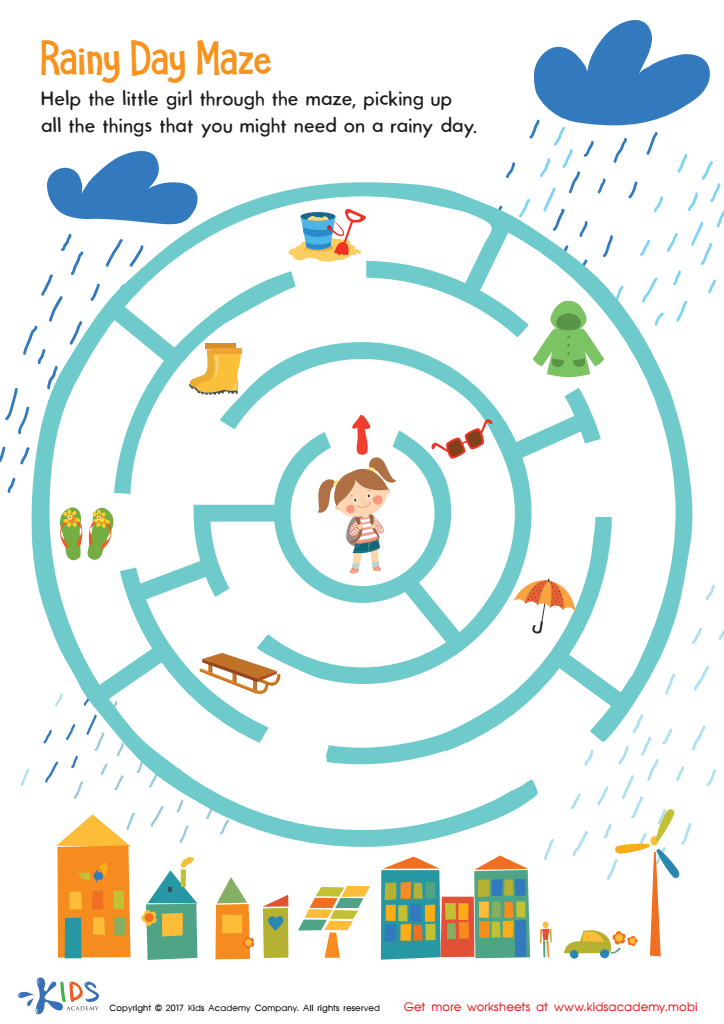

Rainy Day Maze Worksheet
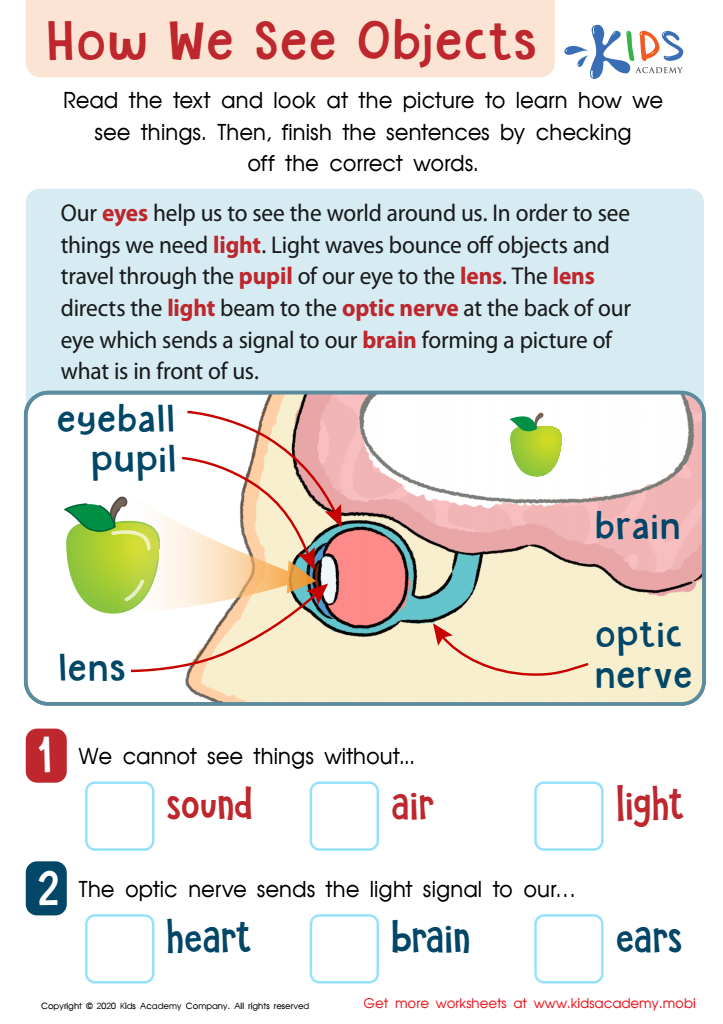

How We See Objects Worksheet
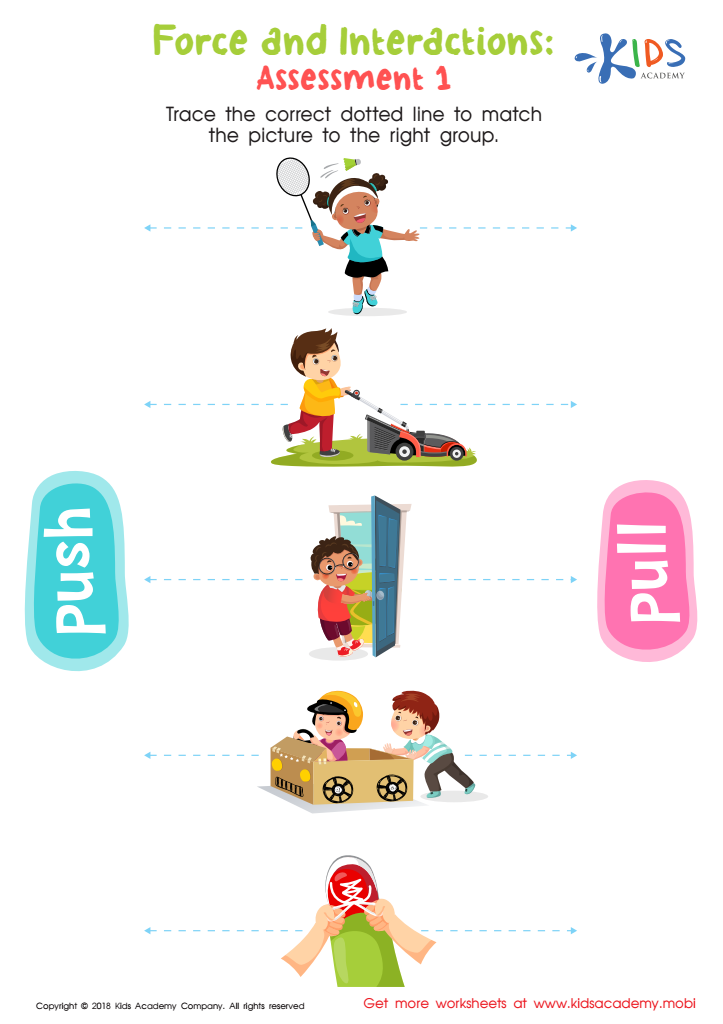

Force and Interactions: Assessment 2 Worksheet
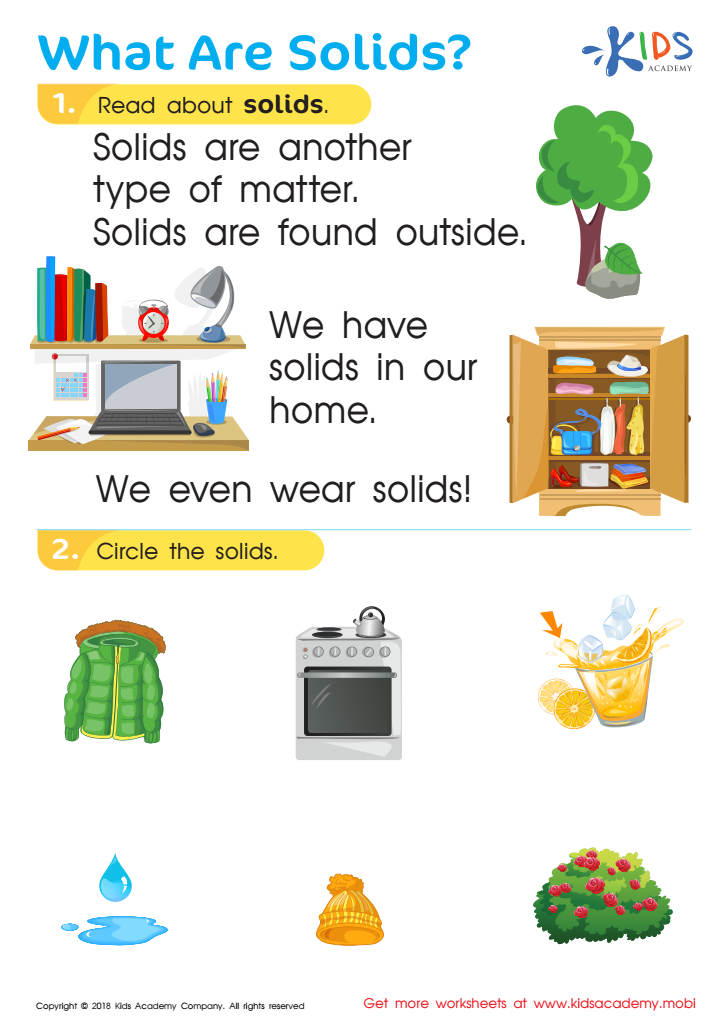

What Are Solids? Worksheet
Parents and teachers should care about Physical Science for ages 3-7 because these early years are critical for cognitive and emotional development. During this period, children are naturally curious and are keen explorers of their environment. Introducing them to simple concepts of physical science helps harness this curiosity into meaningful learning experiences that lay the foundation for future scientific understanding.
Engaging in physical science activities promotes critical thinking and problem-solving skills. For example, when children participate in hands-on experiments, such as melting ice or making a simple lever, they learn to ask questions, make predictions, observe outcomes, and make connections between cause and effect. These skills are not only crucial for scientific learning but also for everyday decision-making and academic success.
Additionally, learning physical science fosters a sense of discovery and encourages a growth mindset. Children learn that it's okay to make mistakes and that trials and errors are part of the learning process. This attitude builds resilience and confidence in their capabilities.
Moreover, these early science experiences are often collaborative, helping develop social skills as children work together, ask questions, and share their findings.
In conclusion, introducing physical science to young children builds foundational skills, nurtures their innate curiosity, and sets them on a path of lifelong learning and inquiry.

 Assign to My Students
Assign to My Students


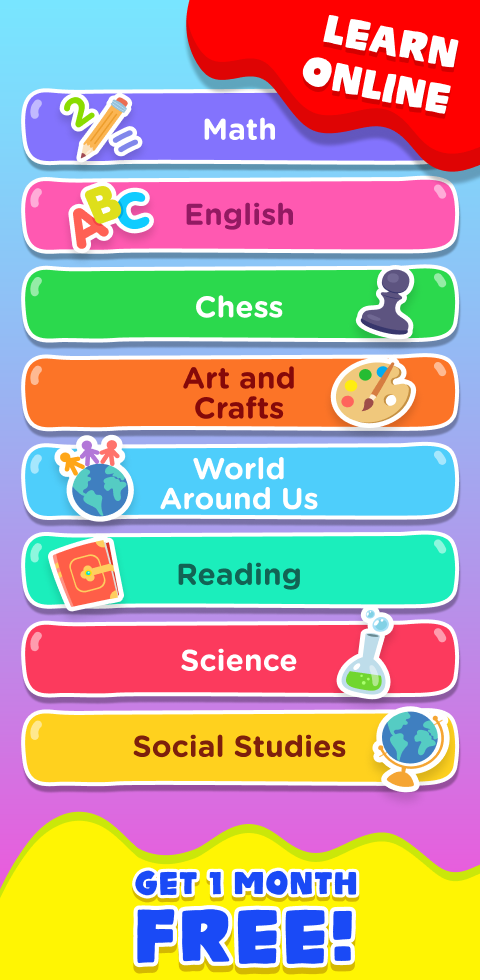
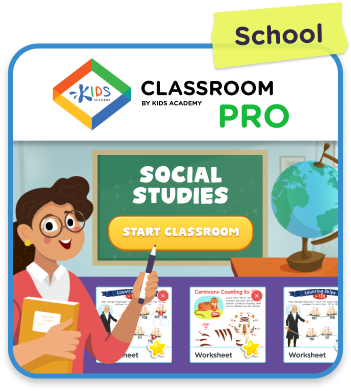
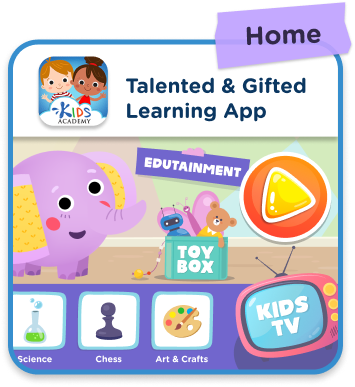

.jpg)
